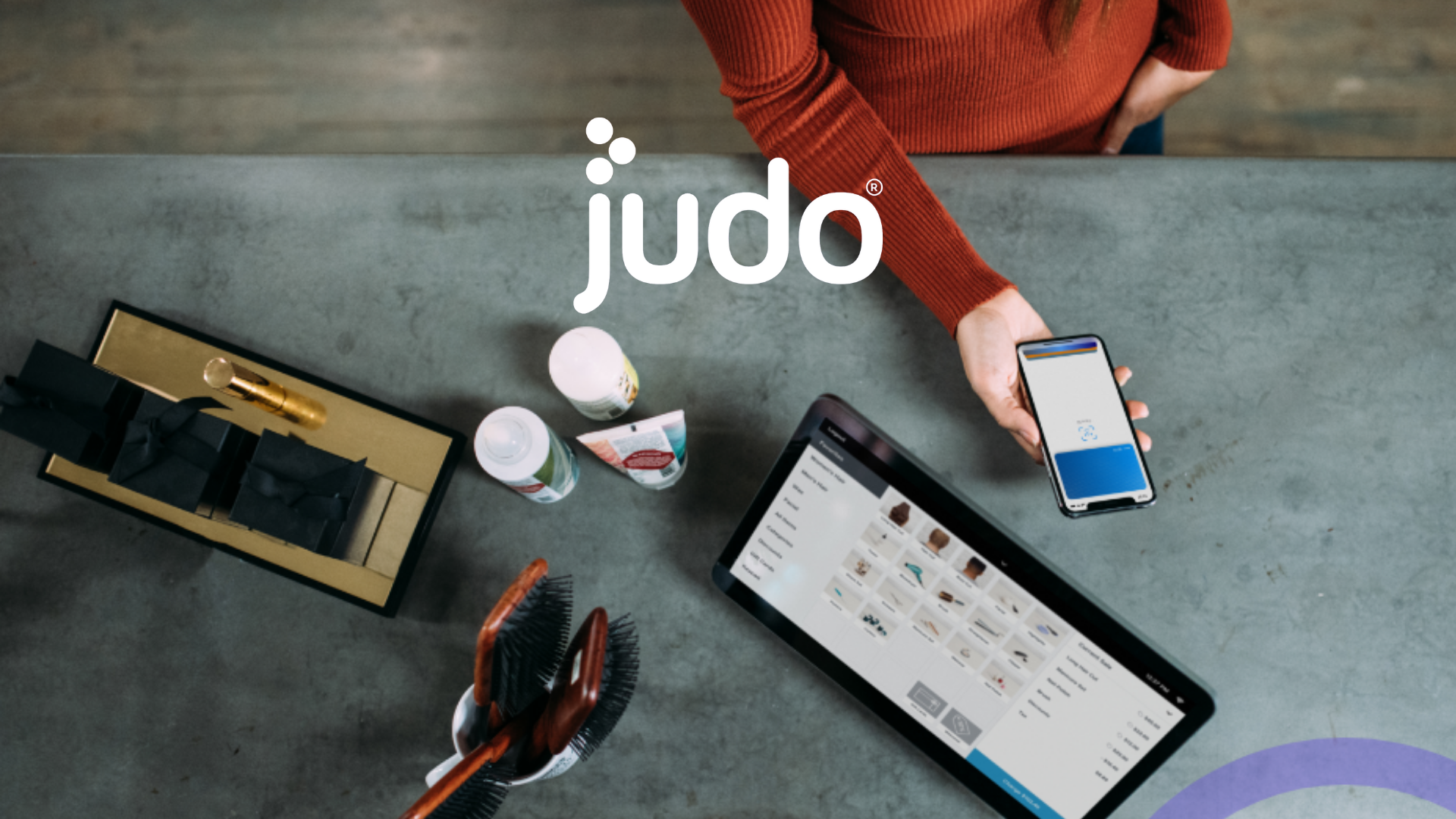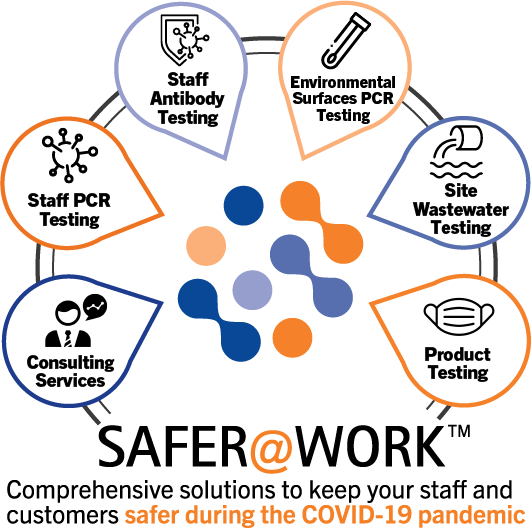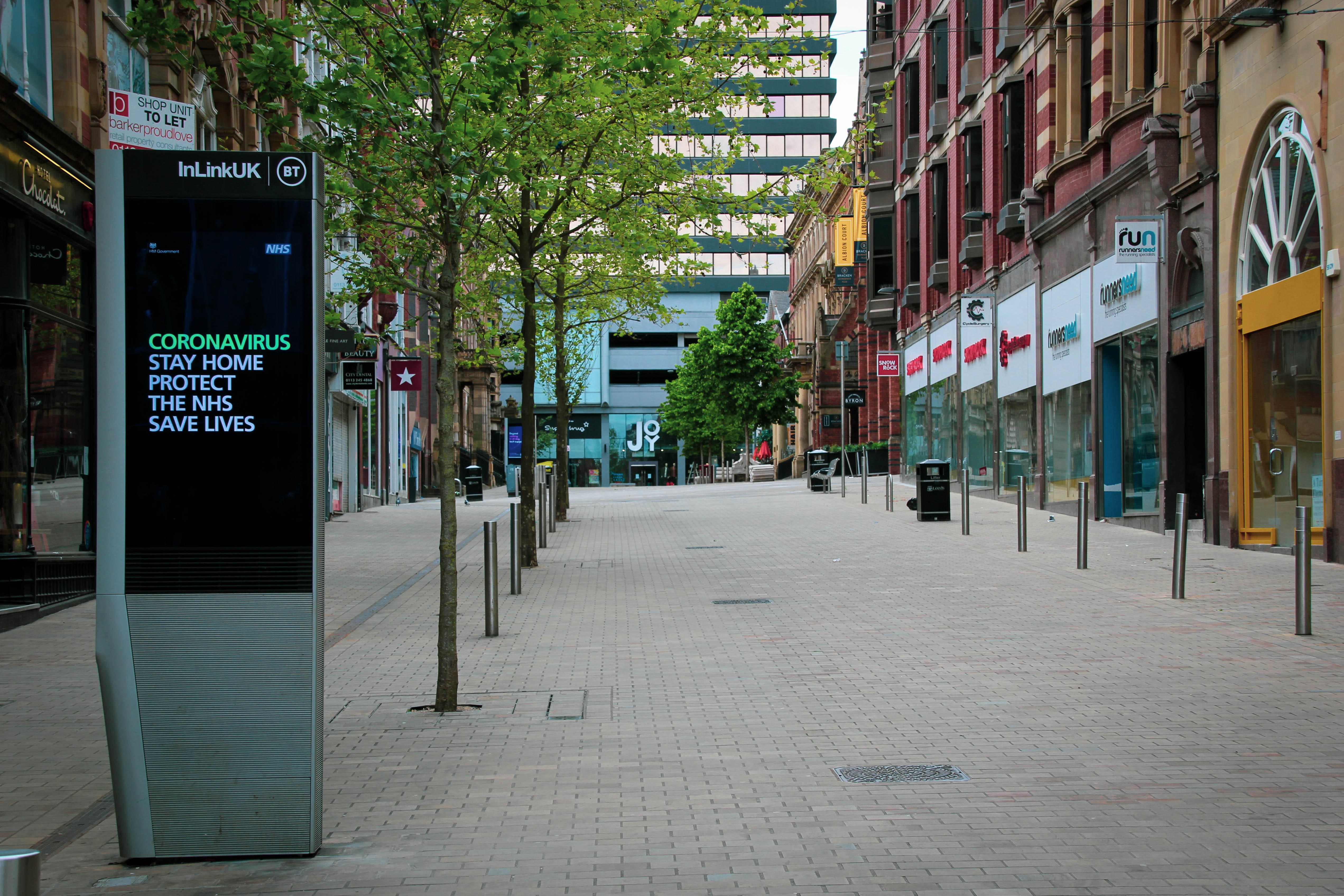
BEEN HOOKED BY YOUR PHONE?
According to Google, 95% of Android users pick up their phone every six minutes. Ten percent of people check their phones every four minutes.
And according to a Telefonica study, the average US phone user receives a staggering 63.5 push notifications per day, many of which aren’t useful and are merely stressful. Businessofapps.com has a slightly lower figure of 46 push notifications per day.
Astonishingly, according to Buildfire, the average user spends nearly 3 hours on their phone every day, with 90% of their time spent using apps. (We’ve seen “two to four hours” quoted.) Buildfire claim that the average phone in the US has 80+ apps installed. Now you know where all those push notifications come from.
Sites such as Psychalive will tell you that 12% of all Americans are thought to have a mobile phone addiction (although one survey apparently showed that 90% of Americans were worried about the amount of their phone use.)
DETOX TIME
In an attempt to wean themselves away from a phone based existence, some people have adopted extreme measures, replacing their smart phones with “dumb” ones which only have the ability to make calls and send texts. (Ones designed for pensioners seem to be popular ! ) Pixel phones, when flipped over, can be set to stop receiving notifications, and there are all manner of screen time apps which are designed to monitor the amount of time a user spends on their phone.
So, smartphones seem to be “the slot machines of the 21st century, but here’s a question: can you actually be addicted to smartphone use ?
ADDICTION OR HABITUATION?

Back in the 1960’s, parents used to complain that their children were “addicted to television”. Terms change, of course, and no one today would probably claim that their children had some form of physical addiction to watching television. If anything, they’d probably class it as “problematic behaviour”.
Addiction is a very emotive term which somehow suggest that looking at your phone too much can be some kind of equivalence to hard drug use. If, for example, you took your child to the doctor and said “Little Johnny is scratching his nose too much”, then the doctor would probably tell you it was a habit he’d got into. In other words, “habituation” and not “addiction”.
The World Health Organization takes a different view than most concerning addiction. Addiction, says the WHO, is “physical dependence on a substance”. Given that a mobile phone is not a substance, they argue that you can’t be addicted to it.
So. You can smoke a hundred cigarettes a day. You could have a hundred espressos a day. In which case, it wouldn’t be unreasonable to say that you were addicted, in these cases, to either nicotine or caffeine.
But what’d happen if you washed your hands a hundred times a day ? Well, apart from having very clean hands, that is ?
At what point does phone behaviour fall into “problematic use” ?
Here comes the science bit.
DOPAMINE, NEUROPLASTICITY ET AL
If you look up “smartphone addiction” on the internet, you’ll come across a number of posts which talk about dopamine pathways in the brain, the brain’s reward system and “neuroplasticity”. None of these seem to be written by experts, and are, to be frank, either just describing how the brain works under all circumstances or just making bad comparisons.
NEUROPLASTICITY
As early as thirty years ago, the brain was regarded pretty much as a lump of nerves and blood vessels, which, if damaged, couldn’t be repaired. However, whilst you can irretrievably lose major functions such as your sight or hearing, it’s been recently noted that the injured brain has the ability to slowly rewire itself.
The 86 billion axons in your cerebrum and cerebellum are capable of forming new connections. This is, in actual fact, how we learn things. Anything. It’s not quite understood how, but if we do something the brain decides “is good” then some mysterious process rewires certain connections between individual nerve pathways.
The brain you have today is not exactly the same as the one you have yesterday as it’s rewired some of its connections in the interim. It’s thought that this is how memory works - the connections are all there but some are less used than others, so you have to work harder to retrieve less used memories. The important ones - ones the brain (or more accurately, the hippocampus) has decided are important, are more “wired in” and easy to access. So you’ll probably remember that business meeting from yesterday, but forget the names of classmates from primary school days.
This whole rewiring process is called “neuroplasticity”.
Neuroplasticity gets mentioned a lot on most “smartphone addiction” sites. Really, it’s just describing how the brain works in all circumstances - can it be applied to “addiction” ? The brain thinks something “is important” and therefore rewires itself ? Not in itself.
So now we bring in another subject to bolster the argument - “dopamine pathways”.
DOPAMINE PATHWAYS
And here we get technical. Well. Biological.
Dopamine, like nicotine and caffeine, is a neurotransmitter. A few decades back, according to Henry Marsh, a consultant neurosurgeon (and particular hero of mine) we only knew of a handful of neurotransmitters. Now we know about 200.
What’s a neurotransmitter ? Well, simple terms, a neurotransmitter is a chemical which is released from one end of a nerve cell, when the cell receives an impulse. This crosses a gap between one cell and another (the synaptic gap) and effects the transfer of the impulse to the other cell.
In other words, no neurotransmitters, no nerve impulse. A lack of dopamine produces Parkinson’s Disease, when nerve cells can’t transmit impulses to the motor cortexes of the brain, and hence to the rest of the body. Lack of caffeine you all know about, and, if you multiply that by a factor of about 10, you’ll probably know how we smokers feel when we run out of nicotine.
So, what’s a “dopamine pathway” ? (More correctly, a dopaminergic pathway.) Well, simply put, the brain contains a number of connections - in the form of transmission pathways - which are part of a “reward system”. Remember that “is important” phrase up above ?
Deep in your brain are a number of structures collectively called the limbic system. This mysterious coterie of squidgy bits controls (amongst other things) emotion, the organisation of long term memory (which we still don’t even begin to understand) and other subjects such as your sense of smell. The limbic system uses dopamine as a neurotransmitter.
So, the theory goes, do something you like, the brain goes great !!! Have some more dopamine. Wasn’t that nice ? Right - grow some more neural pathways, have some MORE dopamine, keep doing it !
And that’s briefly the science behind “smartphone addiction”. Except it’s somewhat of a simplification.
SUBSTANCE ADDICTION
Now, let me ask you to consider the science above in a different way.
When a smoker takes a drag on that big fat Cuban stogie, three things happen.
One, they ingest nicotine, a neurotransmitter. Up goes the levels of nicotine in their brain, much higher than a non smoker. (Incidentally: smokers rarely suffer from Parkinson’s Disease. I digress.)
Two. The limbic system of the smoker’s brain says “lovely nicotine, well done, body, have some dopamine, do it again ! “
Three. Let’s assume neuroplasticity comes into play here, with the brain saying “Which bits of me deal with this ? Let’s do a bit of wiring here to make him do it again.”
So, in other words, a smoker uses an external chemical stimulus - nicotine -to stimulate the dopamine channels in their brain. Note “external stimulus” - and this, to go right to the top of the page, is what the World Health Organisation were referring to.
“A substance”. Whether it was nicotine, opioids, cocaine or caffeine, there was an external stimulus in the form of a substance.
Again, top of the page….. a mobile phone is not a substance.
BEHAVIOURAL ADDICTION
So, given the above, you can’t actually be physically addicted to your phone. Unless you inject it. Please don’t.
A relatively new idea, prevalent since the 1990’s, is “behavioural addiction”. This idea says that anything which stimulates the dopamine pathways in the brain produces addiction like behaviour - note that like - and therefore, you can actually be addicted to anything. Sex. Slot machines. Food. Excercise. Chocolate. If you’re a 1960’s kid, television.
So if we ignore the “substance as stimulus” we see “addiction like” behaviour. Doesn’t sound very cut and dried, does it ?
Of course, a whole industry has popped up to serve those “behaviourally addicted” to, well, anything. So you have to have a degree of cynicism and ask yourself whether we’re referring to “problematic or obsessive behaviour” or an actual, true addiction.
In other words, it depends how you define “addiction”. One bad effect of “behavioural addiction” is that some sources out there will conflate smartphones as being “as addictive as crack cocaine” with no evidence whatsoever. In this case, it’s just an emotive or badly used term, most probably with the ulterior motive of trying to sell you something. Caveat emptor.
SO AM I ADDICTED TO MY PHONE?
Most likely not. It depends how you view the term “addiction”.
If you’re using your phone too much, you can pretty much bet you’re not addicted in the World Health Organisation sense of the term. “No substance”, remember ?
Don’t worry, you’re not in the same league as drug addicts, alcoholics or wicked smokers, though.
If you subscribe to the idea that you can become “behaviourally addicted” to something, then there’s a possibility, but you might want to consider “problematic use” is probably a more appropriate definition. Can it be serious ? Well, psychologically, yes. You only need to look at problem gamblers to see that “problematic behaviour / behavioural addiction” can cause serious problems. The cause is most likely psychological, rather than from a mechanical brain function, though. (Whether that psychological behaviour stems from neuroplastic changes or dopamine pathways is another question, of course.)
But you’re not “classically addicted”.
Why has it happened ?
When you’ve got 80 apps on your phone, you’ve essentially transferred a large proportion of your life onto it, and naturally, you’re going to refer to it a lot. So it becomes a habit. Picking your nose is also a habit, and habits can, of course, be broken.
They’re easier to break if you regard them as “a habit” and not “an addiction”, of course.
KICKING THE HABIT
To finish this off, here’s some handy hints on how to break your smartphone habit.
Don’t take your phone to bed - switch off, get some sleep instead !
Switch off notifications - if you don’t actually need notifying about something, it’s an irritation.
Clear your apps out - do you REALLY need all those apps ? No ? Get rid of them. No distractions.
Put your phone on vibrate - no ping, less chance of you looking at a notification.
Use your laptop instead - at home ? Put the phone down.
Move apps into folders - Make access to often used apps just that bit more difficult.
Don’t walk around with your phone - leave it in another room. If it rings, you can pick it up, of course.
Make a note of how long you’ve spent on the phone - go on, shame yourself. Try and reduce the amount of time you spend on it each day. Wean yourself off it.
Do something else. Get a life outside of your phone, it’s not a substitute for the real world. Put it in your pocket, if it rings, you answer it. Enjoy a coffee with your friends, a trip to the cinema, an evening in the pub or a bike ride with a “no phones unless it rings” rule.
Transfer your life back away from your phone - if your life is organised so everything occurs on your phone, no wonder you look at it so much ! Only have apps on your phone which are absolutely necessary. If you can do something on a PC or laptop, do it on that instead.
The big thing is not to regard yourself as “hopelessly addicted”. Hopefully the article above has shown you’re probably “habituated” and not “an addict”. So ! Phone away, ladies and gents, do something more useful instead, eh ?
(Image credit: Dopamine pathways in the human brain. Was a bee/wikimedia, CC BY-SA )









